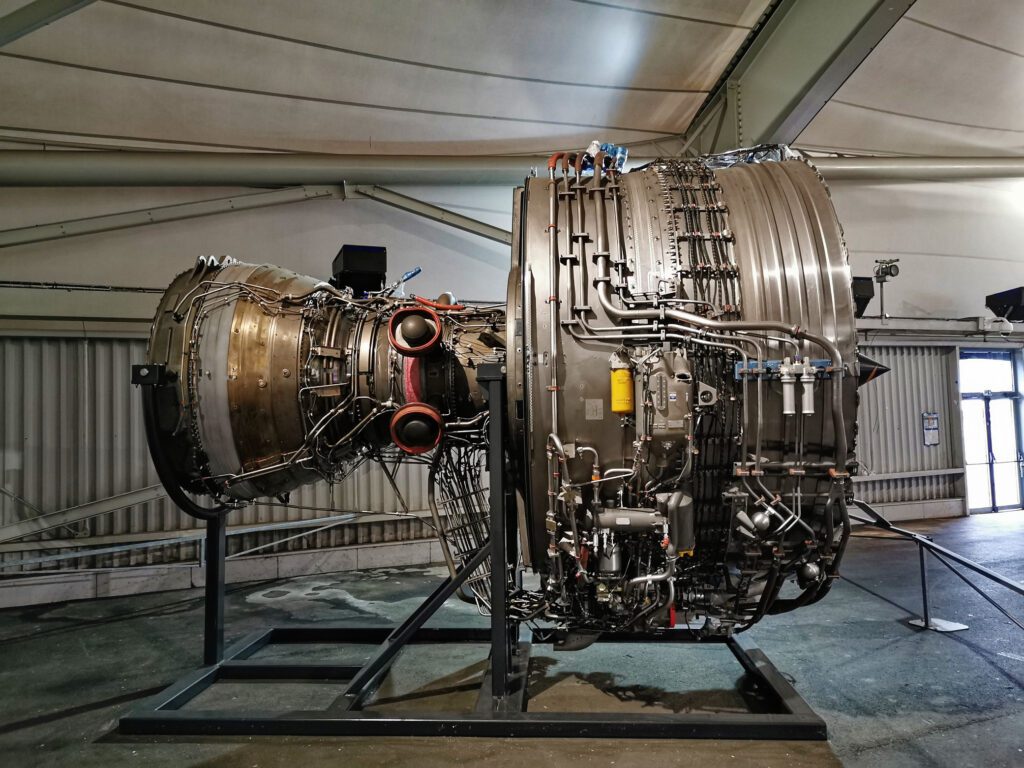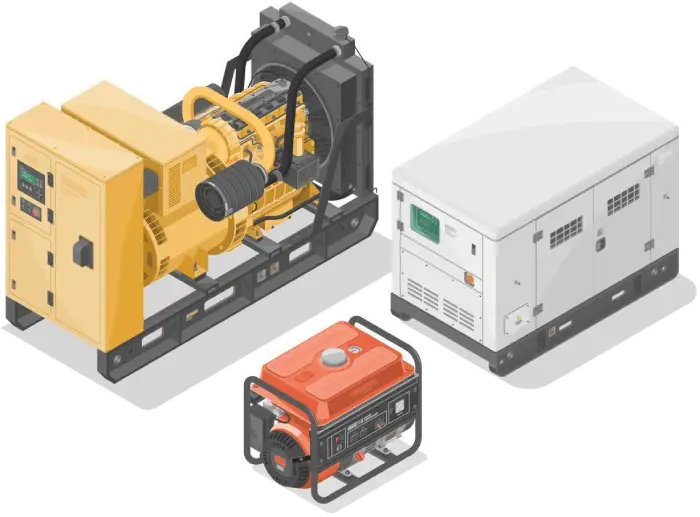Recurring Revenue for OEMs: Insights from Rolls-Royce

The Growing Importance of Recurring Revenue for OEMs
In today’s rapidly evolving manufacturing world, original equipment manufacturers (OEMs) face immense pressure from tightening margins, unpredictable demand, and rising competition. To remain ahead and grow profitably, OEMs are increasingly turning to an often-overlooked asset: their installed base. The shift from one-time product sales to recurring, service-led revenue models, commonly known as servitization, is no longer just an option. It is a necessity.
In this blog, we dive deep into insights from our recent webinar, “The Race to Recurring Revenue: Top Tips for Equipment Manufacturers” featuring Uma Palaniappan, former Servitization and Strategy Leader at Rolls-Royce, and Achint Varia, Chief Revenue Officer at Industrility. Their expert perspectives illuminate how OEMs can harness AI, digital transformation, and strategic partnerships to unlock aftermarket revenue growth and build resilient, future-proof businesses.
Why Recurring Revenue is the New Lifeline for OEMs
OEMs have traditionally relied on capital equipment sales as their primary revenue source. However, shrinking margins on new equipment, volatile supply chains, and geopolitical uncertainties are squeezing profitability. Achint emphasized that recurring revenue for OEMs, generated through aftermarket services, subscription models, and long-term contracts, is becoming a strategic lifeline.
Key benefits of this shift include:
- Higher EBITDA margins: Mature service-led models can achieve margins up to 40 percent, significantly outperforming product sales.
- Stronger customer loyalty and retention: Recurring engagements deepen customer relationships.
- Predictable cash flow: Service contracts and subscriptions smooth revenue volatility, aiding better business planning.
Leading OEMs such as Rolls-Royce, Caterpillar, and Tetra Pak now derive a substantial portion of their revenue and profitability from services rather than just product sales. This trend reflects the broader industry move toward equipment-as-a-service and product-as-a-service (PaaS) business models.
Rolls-Royce: A Servitization Success Story with Uma Palaniappan
Uma Palaniappan shared invaluable lessons from Rolls-Royce’s pioneering journey toward servitization. The company’s famous Power by the Hour model revolutionized the aerospace industry by shifting focus from selling engines to selling uptime and performance guarantees.
Key insights from Uma’s experience include:
- Survivability drove innovation: Servitization was essential for Rolls-Royce to compete against giants such as GE and Pratt & Whitney.
- Customer outcome alignment: Selling uptime rather than hardware turned Rolls-Royce into a strategic partner for airlines.
- Long-term contracts foster trust: Rolls-Royce’s aftermarket capture rate now exceeds 80 percent, underscoring the value of durable service relationships.
Uma emphasized a critical element of this journey:
“Understanding the installed base is key to servitization.”
Without deep knowledge of how equipment is used in the field, OEMs cannot price service contracts effectively or deliver the outcomes customers value. This insight highlights the importance of installed base monetization as a foundation for service lifecycle management and aftermarket growth.
Build vs. Buy: Navigating the Technology Conundrum
One of the most debated topics in the webinar was whether OEMs should build proprietary digital platforms or partner with technology providers. Uma emphasized that while companies with rich intellectual property may develop some capabilities in-house, such as predictive maintenance and digital twins, most will benefit from partnering.
Why partner rather than build?
- Building solutions internally takes too long and diverts critical resources
- Technology evolves rapidly. External platforms offer faster time-to-market and cost efficiency
- Partnering allows OEMs to focus on their core competencies while leveraging expert AI and IoT capabilities
Uma praised Industrility’s approach:
“Industrility is doing the right thing. You are bringing sophisticated AI-led solutions to Tier 2 and Tier 3 OEMs, who might otherwise not have the resources or expertise to do it on their own. That democratization of capability is incredibly important.”
Industrility offers white-labeled customer portals featuring AI, IoT telemetry, predictive maintenance, and parts subscription functionalities. These tools enable mid-sized OEMs to digitize after-sales operations and accelerate their servitization journey in weeks, not years.
Unlocking AI’s Potential in After-Sales Service
AI is no longer a futuristic concept but a practical competitive advantage for OEMs. The webinar highlighted several high-impact AI use cases:
- Predictive Maintenance: Anticipate equipment failures, reduce downtime, and extend asset life
- Parts Identification and Subscription: AI-powered recognition helps customers reorder accurately, driving recurring revenue
- Self-Service Portals: ChatGPT-style tools for industrial equipment enable efficient troubleshooting and user support
- Supply Chain Optimization: AI enhances inventory forecasting, reduces waste, and improves parts availability
- Hyper-Personalized Support: Tools like TwinGPT deliver serial-number-specific insights for faster resolution and deeper engagement
These innovations are essential for scaling after-sales digitization and maximizing service profitability.
Organizational Alignment: The Secret to Successful Servitization
Servitization and digital transformation cannot succeed if after-sales operations remain siloed or overlooked.
Uma stressed:
“Ownership, Accountability, and Executive Sponsorship are essential to Digital Servitization. Sales must build a bridge to customer service, and engineering must build a bridge to sales.”
At Rolls-Royce, this alignment was achieved by integrating after-sales and engineering under a Customer and Services function. This ensured that service was not an afterthought but a core business driver.
Practical Advice for Mid-Sized OEMs: Start Small, Think Big
For smaller OEMs with limited budgets and IT resources, Achint offered pragmatic advice:
- Start with pilots: Choose a focused area such as parts digitization or service contracts to prove value
- Prioritize time-to-value: Opt for platforms that deliver measurable ROI in months, not years
- Partner to scale: Avoid the overhead of building technology in-house. Work with trusted providers to accelerate growth
Industrility’s clients have reported:
- 12 – 28 percent increase in parts revenue
- 5 -10 times ROI on after-sales digitization
- Up to 70 percent efficiency gains in service workflows
Explore a case study to see how one Tier 2 OEM transformed their aftermarket success with Industrility.
Final Takeaways: The Road Ahead for OEMs
Achint Varia closed the webinar with three powerful reminders for OEMs:
- Prioritize Aftermarket
Recurring service revenue is not just a cash stream. It is a competitive advantage. - Be AI-Ready
Companies that adopt AI early will lead. Those that hesitate may fall behind. - Partner Early
Leverage proven platforms to accelerate transformation and reduce risk.
Ready to Get Started?
If you are an OEM looking to unlock new growth through recurring revenue, servitization, and AI-powered after-sales service, now is the time to act.
